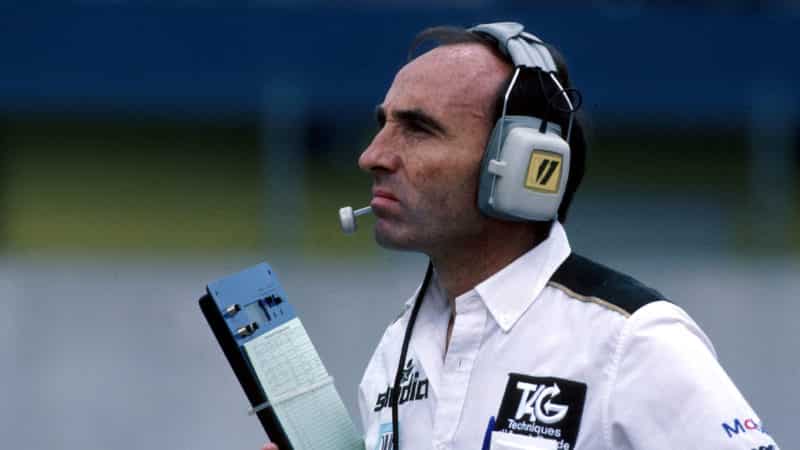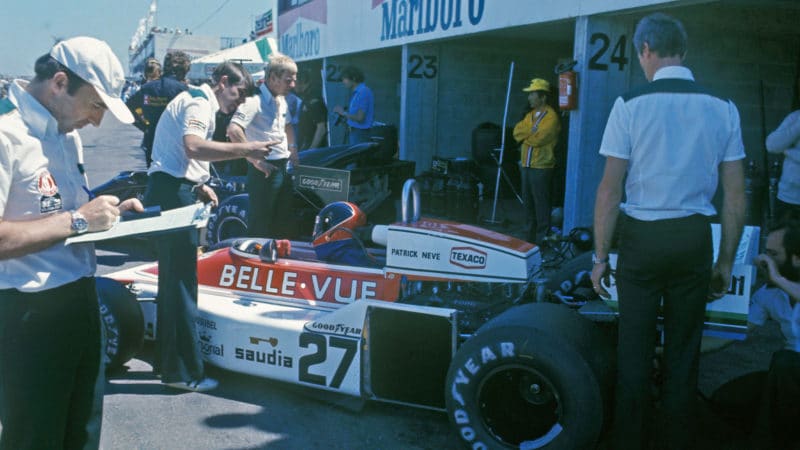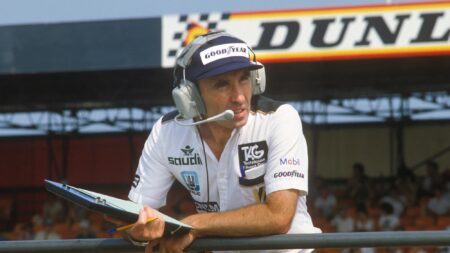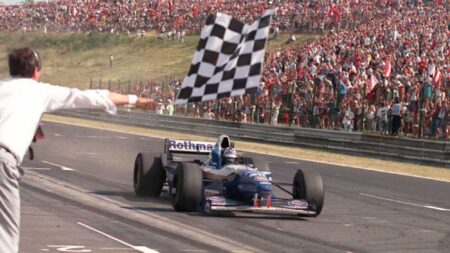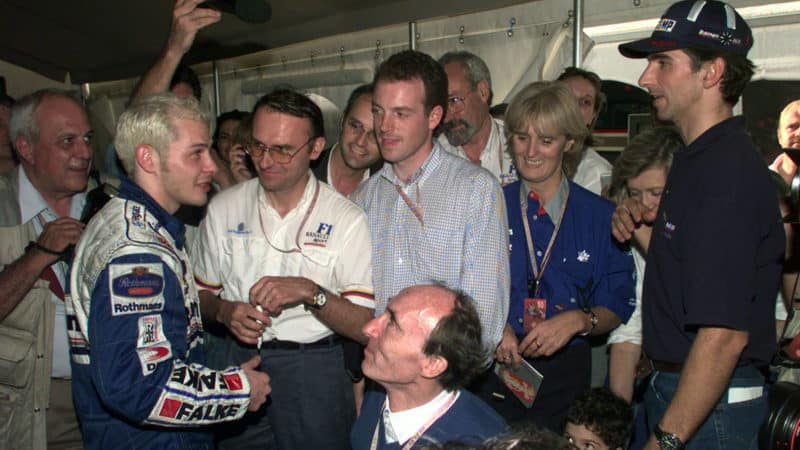“After the accident [leaving him wheelchair-bound], he had to rely on people coming to him. He was always saying, ‘Come and tell me what’s going on. What have you heard?’ He would have me read other teams’ press releases to him. Frank would soak it up, he was like a sponge. But before and after, he was still totally effective.”
What has been strongly emphasised in the tributes and obituaries produced in recent days for Williams is the sheer will power that took him to the top of the motor racing world whilst overcoming his physical disability. This characteristic is what Bradshaw witnessed every day in the Williams factory and at the track.
“Frank was the most driven man,” she emphasises. “And he was just was driven by what he wanted to do. He never let the emotion of things, apart from a few certain times, get in the way.
“He was the sort of person that would do anything to further what he wanted to do in the sport. Frank spoke fluent French, fluent Italian – he knew that if he spoke those languages, he could speak to people on their own terms. There was nothing he wouldn’t do to be able to go out, do a deal and get money to go motor racing.”
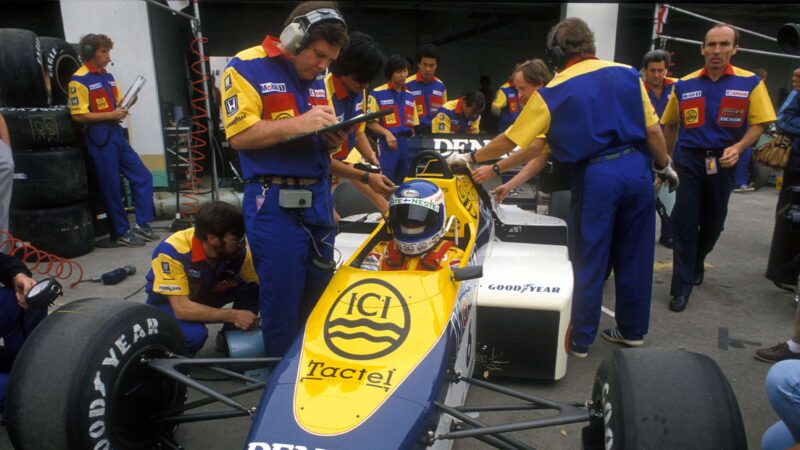
Orchestrating a session with Keke Rosberg
Grand Prix Photo
The wheeling and dealing all simply fed into his boyhood love.
“It was his passion. He really, really was somebody who just wanted to have the best team and best drivers. He was never happier than when he was with his cars. He loved F1 drivers – they were his people and the sort he wanted around, because they were driven like him.”
The competitive spirit which ran through Williams’ veins didn’t just stretch to grand prix racing, as Bradshaw found out early on in her tenure at the team.
